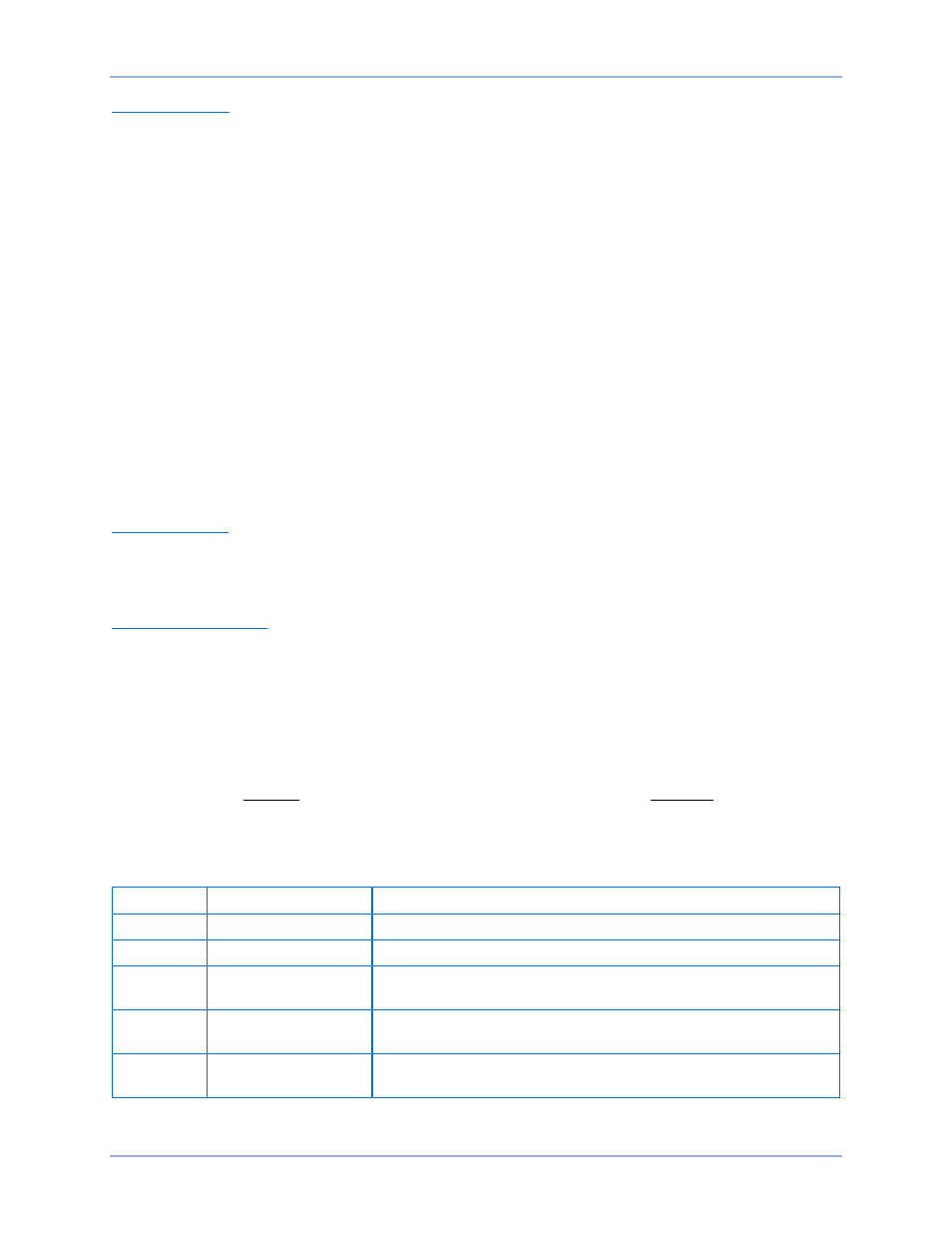Ct source, Direction, Timings – Basler Electric BE1-11t User Manual
Page 90

78
9424200995 Rev H
Unbalance Mode
Unbalance mode provides unbalanced current protection. Two methods are available to calculate
unbalanced current. The first method is based on the negative-sequence current divided by the positive-
sequence current while the second method is based on the average current. The calculation method must
be specified on the System Parameters, Sensing Transformers screen in BESTCOMSPlus. Refer to the
chapter for more information.
CT Source
The CT Source setting configures an inverse overcurrent element to monitor CT circuit 1 or CT circuit 2.
CT circuit 1 terminals are designated D1 (IA1) through D8 (IG1) and CT circuit 2 terminals are designated
F1 (IA2) through F8 (IG2). For an illustration, refer to the
chapter.
Direction
An inverse overcurrent element can be configured for forward or reverse tripping. Refer to the
chapter for more information.
Timings
Each inverse overcurrent element has a Curve setting. The following paragraphs describe the available
timing curves. The user can select integrating reset timing to make the protective element use integrated
reset and emulate an electromechanical induction disk reset characteristic.
Standard Curves
There are 22 standard curves available including standard inverse, short inverse, moderately inverse,
long inverse, very inverse, and extremely inverse. Refer to the
chapter for
specific information on each curve.
Programmable Curves
An available programmable curve can be used to create a custom curve by selecting coefficients in the
inverse time characteristic equation. When inverse time overcurrent characteristic curve P is selected, the
coefficients used in the equation are those defined by the user. Inverse overcurrent characteristics for trip
and reset programmable curves are defined by Equation 6 and Equation 7. These equations comply with
IEEE Std C37.112-1996 - IEEE Standard Inverse-Time Characteristic Equations for Overcurrent Relays.
Definitions for these equations are provided in Table 27. The curve-specific coefficients are defined for
the standard curves as listed in the
chapter.
𝑇
𝑇
=
𝐴𝐷
𝑀
𝑁
− 𝐶 + 𝐵𝐷 + 𝐾
Equation 6. Time OC Characteristics for Trip
𝑇
𝑅
=
𝑅𝐷
|𝑀
2
− 1|
Equation 7. Time OC Characteristics for Reset
Table 27. Definitions for Equation 6 and Equation 7
Parameter
Description
Explanation
T
T
Time to trip
Time that the 51-x function will take to time out and trip.
D
Time dial setting
Time dial setting for the 51-x function.
M
Multiple of pickup
Measured current in multiples of pickup. The timing algorithm
has a dynamic range of 0 to 40 times pickup.
A
Coefficient specific to
selected curve
Affects the effective range of the time dial.
B
Coefficient specific to
selected curve
Affects a constant term in the timing equation. Has greatest
effect on curve shape at high multiples of tap.
Inverse Overcurrent (51) Protection
BE1-11t